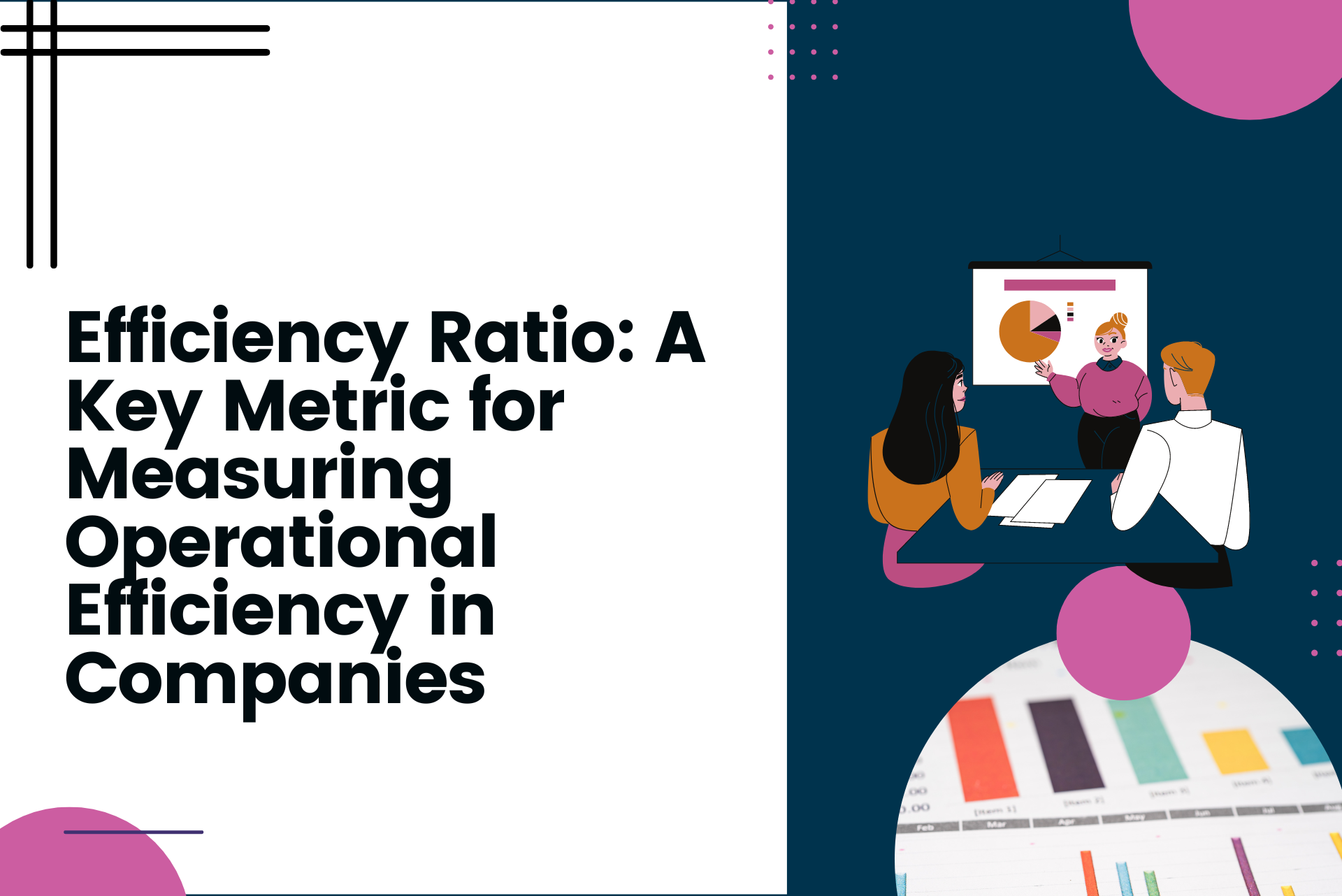

Efficiency Ratio: A Key Metric for Measuring Operational Efficiency in Companies
As an investor, one of the most important things you need to consider while evaluating a company is its operational efficiency. Efficiency Ratio is a critical metric that measures the company’s ability to utilize its assets effectively and generate profits. In this article, we’ll explore the Efficiency Ratio, how to calculate it, and how to use it to make better investment decisions.
What is Efficiency Ratio?
Efficiency Ratio is a metric that measures a company’s ability to generate revenue using its assets. The ratio provides an insight into how well the company is using its resources to generate profits. This metric is also known as the Operating Efficiency Ratio or Asset Utilization Ratio.
An efficient company can generate more revenue using fewer assets, while an inefficient company requires more assets to generate the same amount of revenue. Therefore, a low Efficiency Ratio indicates that the company is not utilizing its assets efficiently, while a high ratio indicates that the company is generating more revenue with fewer assets.
How to Calculate Efficiency Ratio
To calculate the Efficiency Ratio, you need to divide the company’s revenue by its total assets. The formula for Efficiency Ratio is as follows:
Efficiency Ratio = Revenue / Total Assets
For example, if a company generates $100 million in revenue and has total assets worth $500 million, the Efficiency Ratio would be:
Efficiency Ratio = $100 million / $500 million = 0.20
An Efficiency Ratio of 0.20 indicates that the company generates $0.20 in revenue for every dollar of assets.
Interpreting Efficiency Ratio
An Efficiency Ratio of 1.0 indicates that the company is generating $1 in revenue for every dollar of assets. This indicates that the company is using its assets very efficiently. An Efficiency Ratio of less than 1.0 indicates that the company is not utilizing its assets effectively and requires more assets to generate revenue.
A high Efficiency Ratio is desirable as it indicates that the company is generating more revenue using fewer assets. However, it’s essential to note that a very high Efficiency Ratio may not always be a good thing. It could indicate that the company is not investing enough in assets to generate future revenue.
Importance of Efficiency Ratio
The Efficiency Ratio is an essential metric for investors as it provides an insight into the company’s operational efficiency. Investors can use this metric to compare companies within the same industry and determine which company is more efficient in generating revenue using its assets.
An Efficiency Ratio analysis can help investors identify companies with potential inefficiencies that need to be addressed. By improving the Efficiency Ratio, the company can reduce costs, increase profits, and create value for its shareholders.
Final Thoughts
The Efficiency Ratio is a key metric for measuring operational efficiency in companies. It provides an insight into how well the company is using its assets to generate revenue. Investors can use this metric to compare companies within the same industry and identify inefficiencies that need to be addressed.
However, investors should note that the Efficiency Ratio is just one of many metrics used to evaluate a company’s performance. Therefore, it’s essential to use this metric in conjunction with other metrics to make informed investment decisions.
Add a comment Cancel reply
Comments (0)
Categories
- Financial Education (40)
- Market Milestone (47)
- Stock Market India (3)
Recent Posts
About us

with its super power, perfect financial appetite, Market Milestone gets you great stocks analysis, action packed calculator and learning on the go.
Related posts


How to Use FNO Calculator By Market Milestone


Intrinsic Value CALCULATOR With AI By Market Milestone


FNO Calculator By Market Milestone








